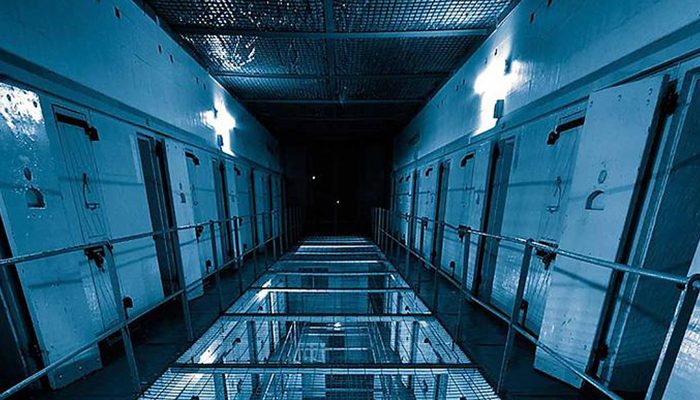COMMENT | This Friday marks 25 years since the end of the four-year Royal Commission into Aboriginal Deaths in Custody. The narrative of human suffering and misery not only continues to fill prisons, but has escalated, writes Gerry Georgatos.
By Gerry Georgatos
We know the horrible statistical narrative and the disparate rates between Aboriginal and Torres Strait Islanders and the rest of the population. The extensiveness of the disparities is an abomination.
What is little known is that one in nine of Aboriginal and Torres Strait Islanders living have been to jail.
In Western Australia and the Northern Territory it is even worse – one in six has been to jail. Imagine the devastating psychosocial impacts on families.
The further west we journey across this continent, the worse the statistical narrative, the worse the hits on Aboriginal and Torres Strait Islander peoples – the higher the homeless rates, the more acute the poverty, the worse the destructive behaviours, the sense of hopelessness, the depressions and clinical disorders, the higher the premature and unnatural death and suicide rates.
The Royal Commission into Aboriginal Deaths in Custody was a vital examination into the multifactorial issues that undermine Aboriginal and Torres Strait Islander peoples. It was an important public validation of the causes, but we are still a long way from doing away with the one stop assimilation policies, the failed policies of assimilation and their toxic translation as racism.
Some of the Commission’s 339 recommendations have been implemented, but the majority have not.
Western Australia, where the incarceration rate of Aboriginal people is right up there with the world’s highest jail rates, is the state where the least number of recommendations have been implemented. Forty per cent of the state’s prison population is comprised of Aboriginal peoples who otherwise comprise only three per cent of the state’s total population. However, unless more is done in the now for the marginalised and impoverished, I estimate that by 2025 three quarters of the state’s prison population will comprise Aboriginal peoples.
Nationally, by 2025, we are heading from one in three prisoners comprised of Aboriginal and Torres Strait Islanders, to more than one in two.
Society should gear our governments to do as much as they can to reduce poverty, but when people finish up in jail, it should be a reformative, redemptive and transformational experience.
Jails – and the whole spectrum of the criminal justice system – should not be brutally punitive and retributive. I have long worked with people pre-and post-release, working to improve their lot, to change lives. It is my experience that in general people leave prisons worse than when they went in.
When it comes to deaths in custody, we know the tragic toll, but in the first year following release, all the research shows that former inmates are up to 10 times more likely to suicide, or die an unnatural death, engage in risk-taking behaviour and substance abuse – than at any time while in prison.
We strand people post-release with little or no hope on the horizon.
Eighty-six per cent of the national prison population did not complete high school and nearly 40 per cent did not get past Year 9. The levels of illiteracy among prisoners break the heart. There is a poor investment in educative and wellbeing programs in our prisons, and the unmet needs outstrip supply. In the very least prisons should be restorative and places of hope; heavily invested in healing and wellbeing programs and from there onward with education opportunities. If we corral people to the situational trauma of prison and punishment then we embed a constancy of traumas – multiple, composite traumas and the degeneration for many people into complex and aggressive traumas.
As a society we should be doing everything possible to keep people out of prison – and not everything we can to jail people, but where prison is the outcome, then everything must be done to help the people within them.
The majority of people incarcerated are indeed inside for relative low level offending and poverty related crimes.
We must not be silent about the increasing prison population – which has doubled in the last two decades – and of the filling of our prisons with the poorest and the illiterate, and of the further marginalisation of these people.
We must also not be silent of the ruinous impacts on families and generations unborn.
There is no greater legacy than to improve the lot of others.
Gerry Georgatos is a suicide prevention researcher and the coordinator of Humanitarian Projects with the Institute of Social Justice and Human Rights.


